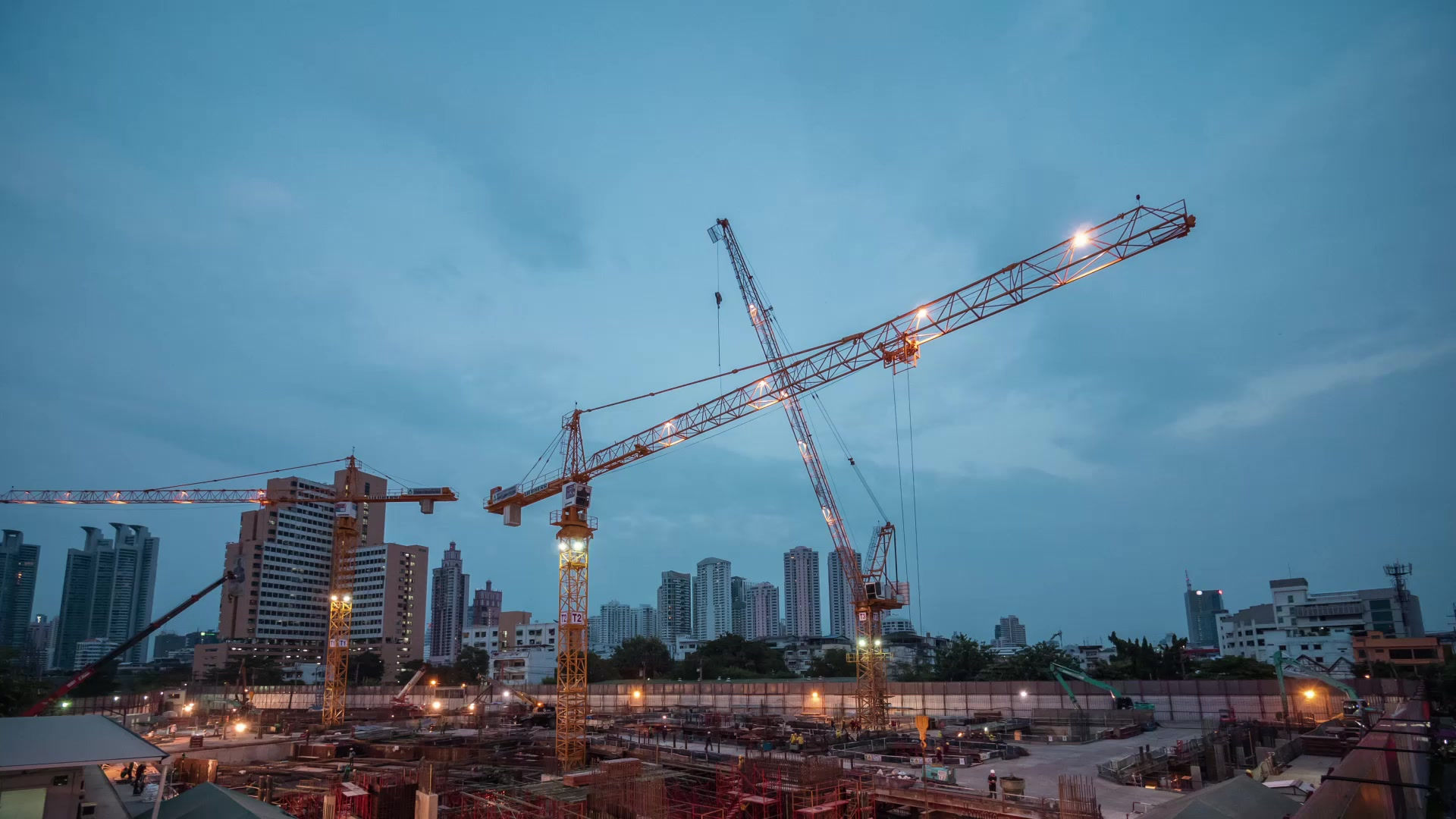Concrete Air Entrainment Test
- cissi72
- Mar 4, 2023
- 1 min read
The concrete air entrainment test is a method used to determine the amount of air that is entrained or trapped within a fresh concrete mix. Air entrainment is the intentional process of incorporating small, evenly distributed air bubbles into the concrete mix to improve its durability, freeze-thaw resistance, and workability. The air bubbles act as tiny pressure relief valves that allow the concrete to expand and contract without cracking or breaking under changing weather conditions. The air entrainment test is typically performed using a special air meter that measures the volume of air in a specific amount of concrete. The test involves taking a sample of freshly mixed concrete from the batch and placing it into the air meter. The air meter is then operated by compressing the concrete sample with a piston and measuring the volume of air that is released. The amount of air entrained in the concrete is expressed as a percentage of the total volume of the concrete. The required amount of air entrainment can vary depending on the specific project requirements, but is typically between 4-7% for most concrete applications. If the test results indicate that the concrete contains too little or too much air, adjustments can be made to the mix to ensure that it meets the required specifications. For example, if the concrete contains too little air, an air-entraining admixture can be added to the mix to increase the amount of entrained air. The air entrainment test is an important quality control measure that helps ensure that the concrete has the desired level of air entrainment to provide the necessary durability and resistance to weather and freeze-thaw cycles


Comments